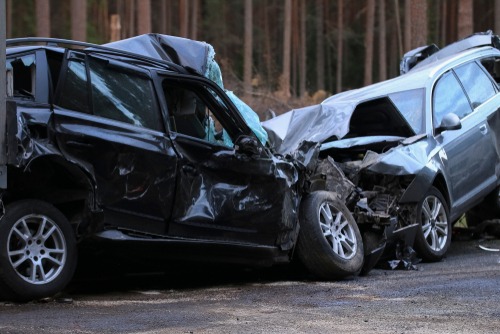What Is the Procedure for a Car Accident Trial?
3 min read
Car accident lawsuits can be either tried in civil court or criminal court. If you were injured in the incident, you will likely sue the at-fault driver in a civil court. If someone was killed in the accident, the at-fault driver may be charged and tried in criminal court with vehicular homicide. When the case goes to trial, both parties present their arguments to a judge or jury. The judge will then make a ruling, or the jury will reach a verdict. If you are awarded damages, the at-fault driver’s insurance company will likely be responsible for paying them.
Filing a Complaint and The Defendant’s Answer
Before anything else happens in a civil court case, the person who has been wronged, known as the plaintiff, must start by filing a complaint. This is a document that lays out the basics of what happened and why the plaintiff thinks the defendant is at fault. The complaint also gives an overview of the damages suffered by the plaintiff, such as injuries and property damage. After being served with a summon, the defendant must respond within a limited timeframe. In most cases, the response is in the form of an answer. If the defendant denies responsibility, they will also state their version of events. The answer also sets out any affirmative defenses the defendant plans to raise, such as contributory negligence or statute of limitations.
This phase is perhaps the most important in the entire process because it’s when both sides lay out their version of events and identify what they believe the key issues are. It’s also when the defendant indicates whether they plan to settle the case or take it to trial.
The Trial Process
If you fail to reach an agreement, the case will proceed to trial. If you have requested a jury trial, a group of potential jurors will be chosen from the pool of eligible voters in your county. After jury selection, the judge will give them instructions on the law that applies to your case. The lawyers for both sides will then give an opening statement. This is their opportunity to explain their version of events and what they believe the evidence will show. The plaintiff has the burden of proof in a civil trial. This means that they must prove, that the defendant is liable for the damages suffered. The standard of proof in a criminal trial is higher, as the prosecution must prove guilt beyond a reasonable doubt.
As a result, the plaintiff will present their evidence first. This typically includes witness testimony and any physical evidence that supports their case. The lawyers will then give closing arguments, which are summaries of the evidence and why it supports their respective positions. After the closing arguments, the judge deliberates and reaches a verdict. If the defendant is found to blame, the court will rule in plaintiff’s favor. The judgment will state the amount of damages to be paid.
Conclusion
The process for a car accident trial can vary depending on whether the case is tried in civil or criminal court. If you have been injured, you will likely sue the at-fault driver in civil court. The trial process will involve both sides presenting their arguments to a jury, who will then reach a verdict.



